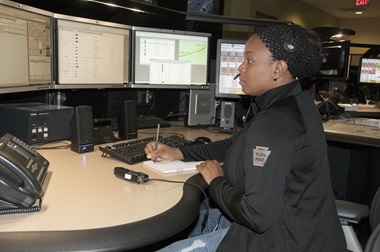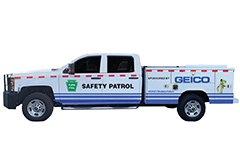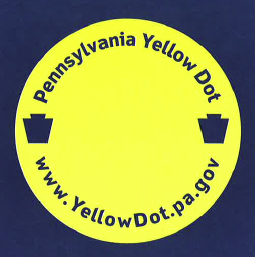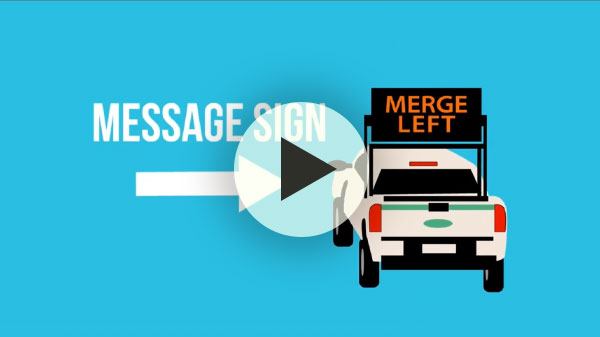IMMEDIATE HELP:
If you are involved in a crash or incident on the PA Turnpike, the fastest way to get help is to dial *11 (from a cell phone) or 1-800-332-3880.
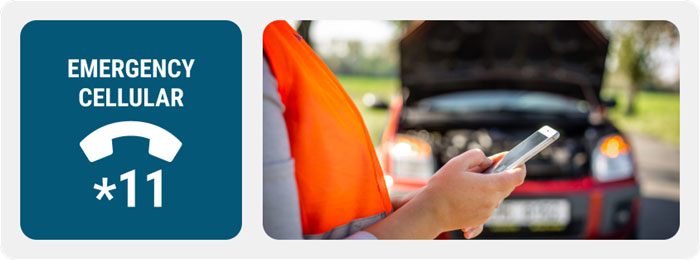
Your Step-by-Step Guide to Safety After an Accident
- Secure Your Location
- Call for Help
- Wait for an Authorized Service Provider
More in Traveling
Turnpike Emergency Services
Information on the 24/7 authorized service garages that provide quick towing and road help for breakdowns on the PA Turnpike.



